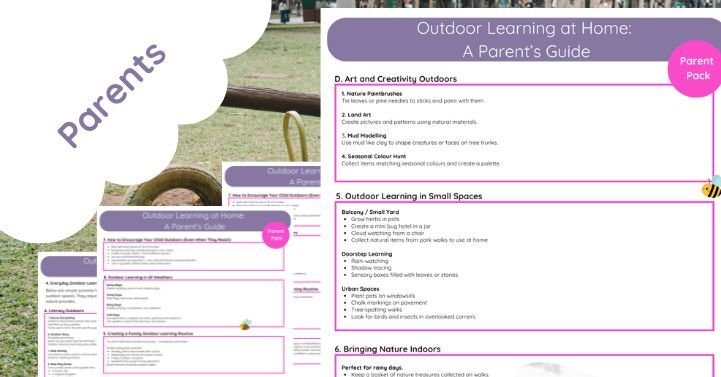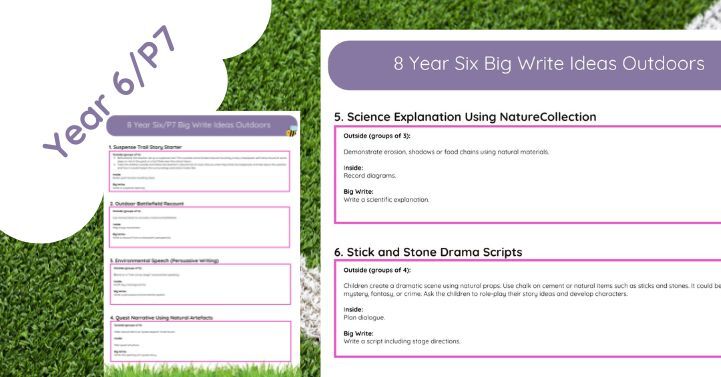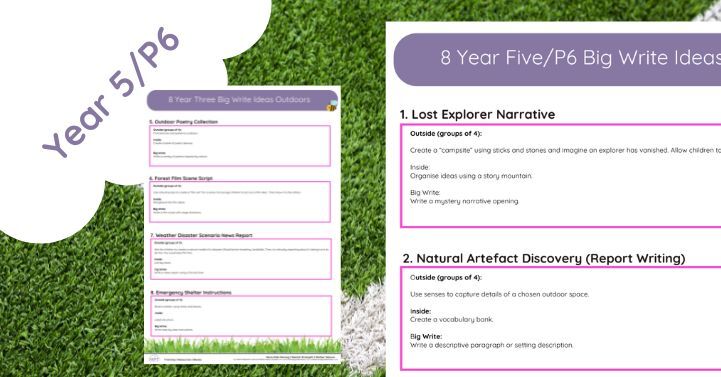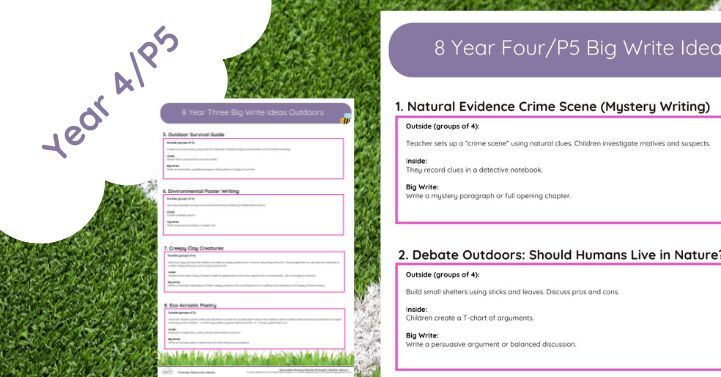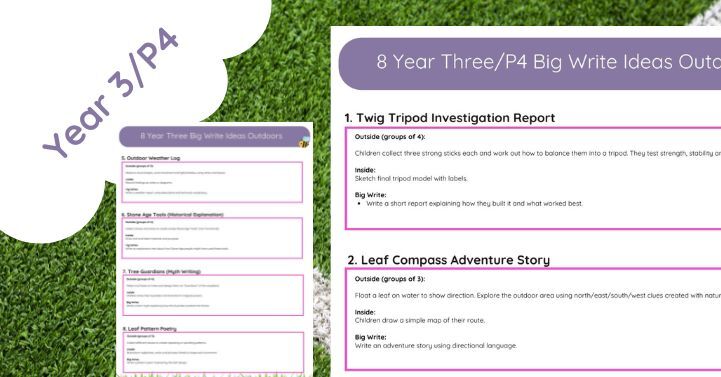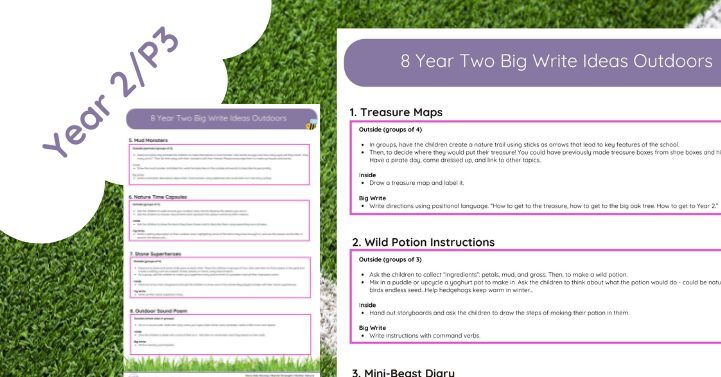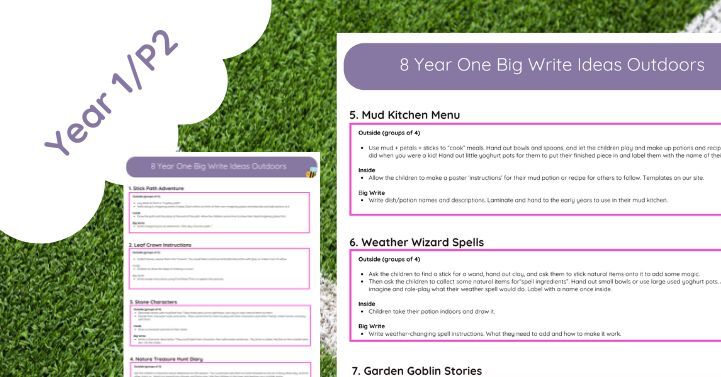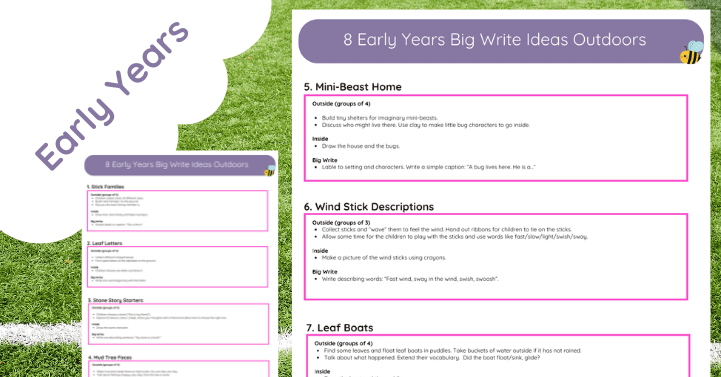World Tiger Day EYFS by Muddy Teacher Beth
World tiger day is a very important day to raise awareness of the beautiful animal that is the tiger. Tigers are an endangered species with less that 3,500 left in the world. Giving the next generations the power and knowledge to support and protect these animals has never been so important.
That is where we are here to help. Here are some muddy lovely ideas to enjoy World Tiger Day in the Early Years. To download the full pack of ideas World Tiger Day EYFS for FREE sign up.
Printing
Make tiger paw prints by using bare feet or wellies to print in lovely mud. Bubble wrap also works well. Have a go at cutting paw shapes from recycled cardboard boxes and dip in paint to print paws. Can you work with a partner to make sets of 4 paw prints?
The printing can be done on your playground, the back of a roll of wallpaper or on an old bed sheet or quilt cover.
Mix a lovely muddy mixture in a tuff tray and roll in marbles, balls, potatoes or conkers to get them super muddy. Then roll them down a slope onto a piece of fabric to make lots of muddy stripes.
Make a tiger habitat
Source a large piece of paper or card – or even better a large piece of fabric. Light coloured curtains or bed sheets from charity shops work well. Use your backdrop to make a jungle. Add some green powder paint or food colouring to lots of mud, then paint trees, vines and plants. Walk around your outdoor area to find leaves and grass to stick on too. Hang up your jungle mural on your fence or pin to the wall.
Use a tuff spot to make a tiger habitat. Select resources with the children – sticks pieces of wood, stones, leaves, grass, pebbles and moss would be great. Arrange all the ‘finds’ in the tray. Challenge the children to find a way of adding a swamp or water hole so the tigers can keep cool. Add small world tigers, if you have them, or use the stripy stones. Then let the tiger play begin…
To download the full pack for FREE sign up.
Camouflage
Talk with the children about how camouflage is used in the natural world. How do tigers make use of their stripes? What other animals are camouflaged? Have a look in the outdoor area – looks for beetles, snails, slugs and woodlice. Illustrate camouflage by making trays of different coloured items, e.g. a brown tray, a yellow tray and a green tray, using leaves and natural finds then hide coloured matchsticks. Which ones are easiest to spot?
To download the full pack for FREE sign up.
To learn more about Tigers and how you can protect them go to WWF site.



